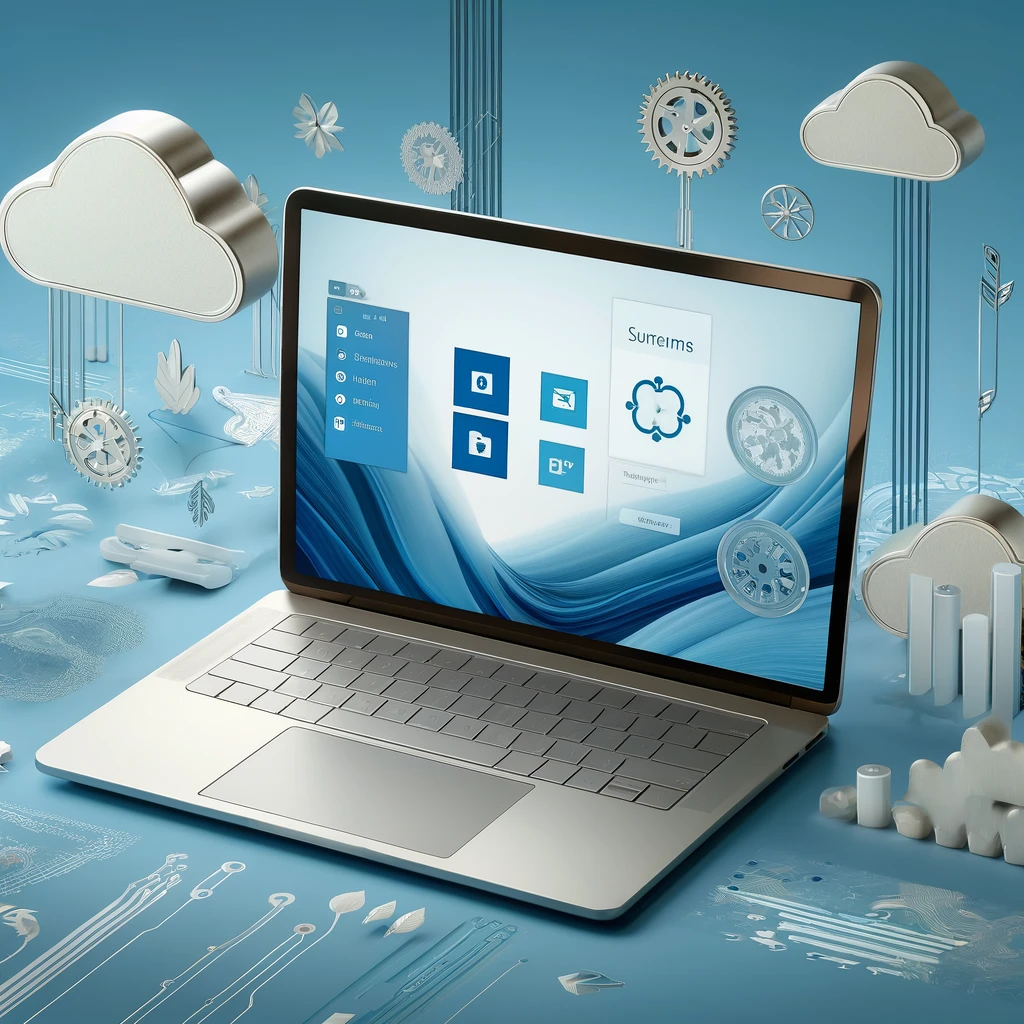In 2024, organizations continue to leverage SharePoint Modern UI for its sleek design, enhanced features, and user-friendly experience. However, to maximize the potential of this platform, mastering its customization is crucial. SharePoint’s flexibility allows businesses to tailor their sites to better fit their unique workflows, brand identity, and user needs.
In this guide, we will walk you through the best practices for SharePoint Modern UI customization in 2024. From maintaining performance to ensuring security and compatibility, these practices will help you create visually appealing and functional environments that enhance both collaboration and productivity.
Introduction to SharePoint Modern UI Customization
The modern experience in SharePoint is designed to be responsive, intuitive, and integrated with Microsoft 365. While it offers out-of-the-box features that can cater to most organizational needs, customization can further elevate the user experience. Whether it’s branding your site, enhancing functionality with web parts, or tweaking navigation, customizing SharePoint Modern UI allows businesses to align the platform with their specific requirements.
However, with this flexibility comes the responsibility to maintain a seamless and secure environment. Understanding the best practices ensures that your customizations do not negatively impact performance or future upgrades.
Why Customize SharePoint Modern UI?
Customization in SharePoint Modern UI brings multiple benefits:
- Branding and Identity: Custom themes, logos, and layouts help in reinforcing your brand identity across the organization’s SharePoint environment.
- Enhanced Functionality: Custom web parts and extensions can improve the site’s capabilities, providing tailored features to boost productivity.
- User Experience (UX): Well-thought-out customizations can simplify navigation, reduce clutter, and improve the overall user experience.
- Adapting to Workflows: SharePoint allows you to mold the user interface to reflect your organization’s workflows, making day-to-day tasks more efficient.
Balancing Customization and Performance
One of the biggest challenges with SharePoint customization is ensuring that changes do not hamper performance. The modern UI is designed for fast and fluid experiences, but excessive or inefficient customizations can slow down page load times or create conflicts with updates.
Best Practices for Customizing SharePoint Modern UI
1. Use SharePoint Framework (SPFx) for Custom Development
The SharePoint Framework (SPFx) remains the most effective way to develop and deploy custom web parts and extensions. Introduced in previous versions, SPFx is fully integrated into the modern UI and is the preferred development model for SharePoint Online.
2. Leverage Microsoft Power Platform for Low-Code Solutions
The Microsoft Power Platform (Power Automate, Power Apps, and Power BI) provides a low-code way to add functionality and automation to your SharePoint environment without heavy development.
3. Implement Custom Themes and Branding with SharePoint Theme Designer
Branding is a key aspect of SharePoint customization. You can create custom themes using the SharePoint Theme Designer. This tool allows you to modify colors, fonts, and logos to reflect your organization’s branding.
4. Optimize Navigation for a User-Friendly Experience
Effective navigation is critical for a seamless SharePoint experience. The modern UI offers various ways to customize navigation to improve user access to critical areas.
5. Maintain a Mobile-First Approach
In 2024, more users will access SharePoint via mobile devices. Therefore, all customizations should be tested for mobile compatibility. Use responsive design principles to ensure that your site is usable on any device, whether it’s a desktop, tablet, or smartphone.
6. Ensure Accessibility Compliance
Accessibility is important for legal compliance and creating an inclusive digital workspace. Ensure customizations adhere to the Web Content Accessibility Guidelines (WCAG).
7. Test and Monitor Performance Regularly
Every customization you make to your SharePoint site has the potential to impact its performance. It’s important to conduct thorough testing before deploying changes.
8. Keep Customizations Future-Proof
Microsoft regularly rolls out updates to SharePoint Online. These updates could affect how your customizations function, so it’s critical to design with future compatibility in mind.
Conclusion
Customizing SharePoint Modern UI in 2024 is an exciting opportunity to improve user experience, increase efficiency, and create a more branded, functional environment. By following these best practices, you ensure that your customizations are not only effective but also maintainable and future-proof.


